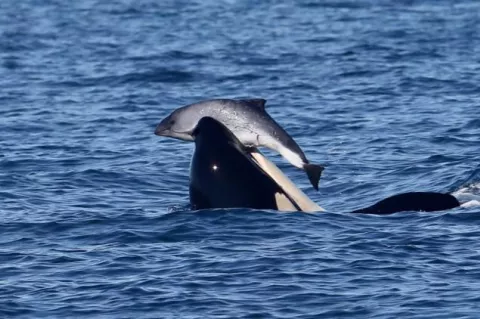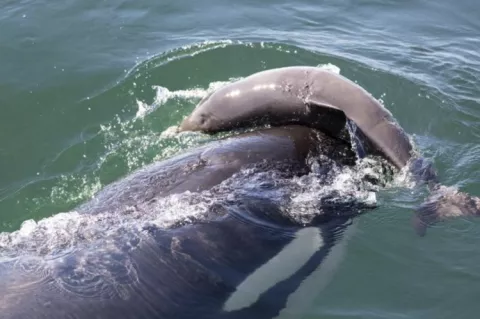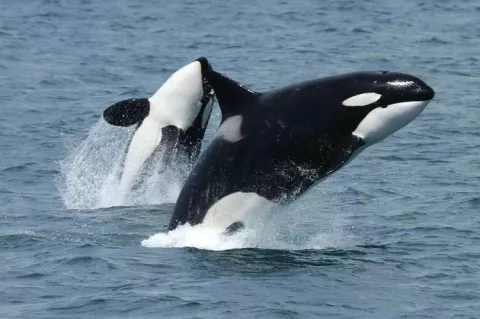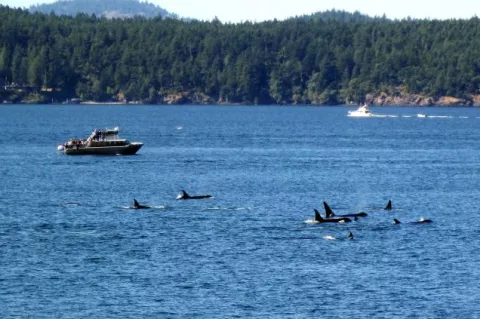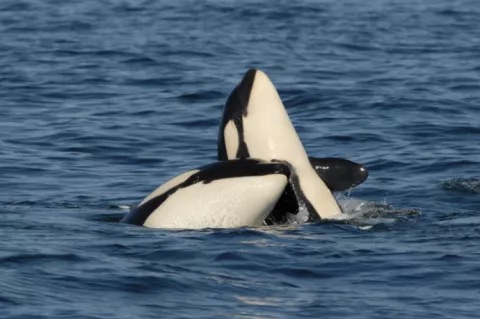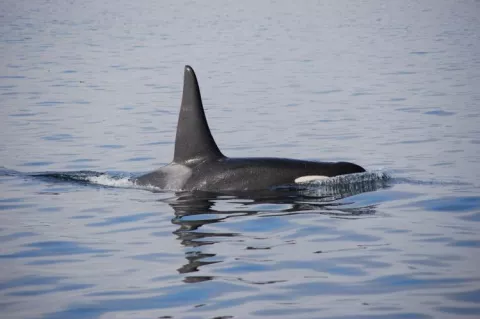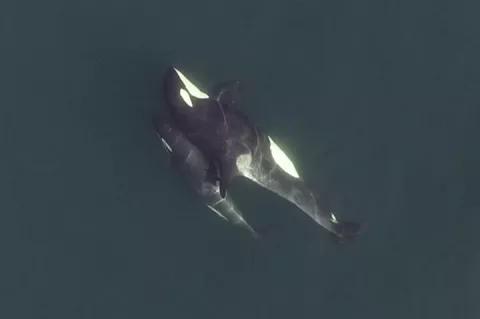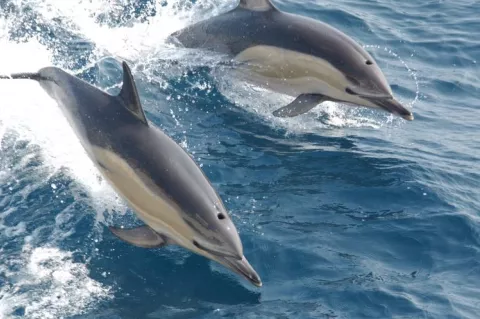Why are orcas killing porpoises?
A comprehensive study published in the journal Marine Mammal Science analysed over 60 years of recorded interactions between Southern Resident killer whales (SRKW) and porpoises in the Salish Sea. This endangered population of orcas, known for their fish-based diet, particularly Chinook salmon, has been involved in numerous incidents of porpoise harassment, leading to the deaths of many porpoises.
Possible explanations
The study proposes three main reasons for this behaviour:

